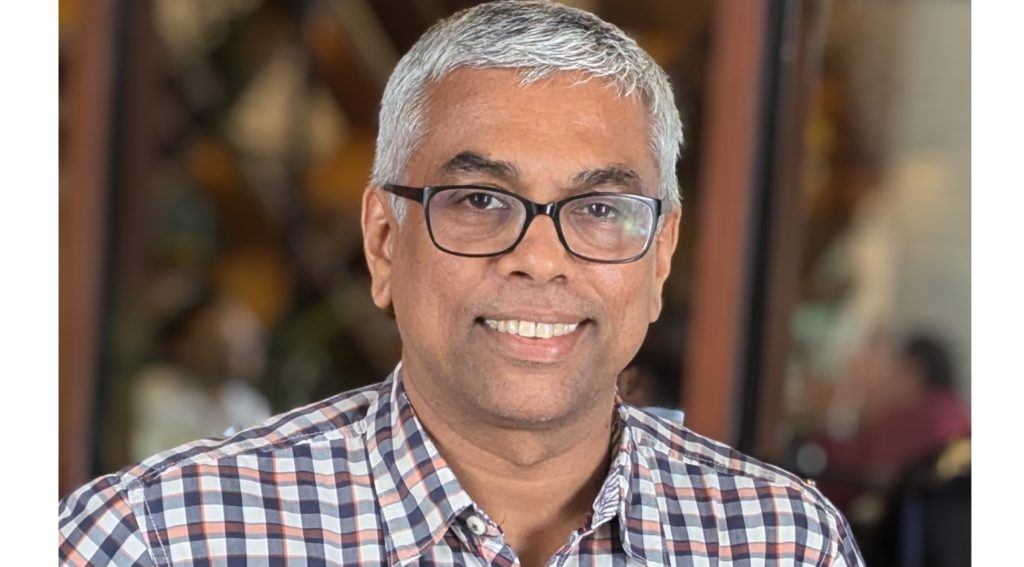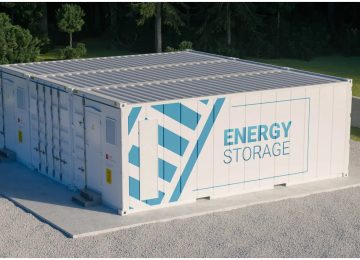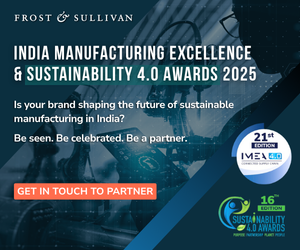Continuing our conversation with Rajesh Vasudevan, Vice President, EHS and ESG at Cipla, in the second part of the interview. He discusses with ESGnews.earth’s Chief News Editor, Renjini Liza Varghese, how the pharmaceutical industry is strategically integrating ESG into vendor selection.
How is Cipla enabling its supply chain?
RV: I will talk about general trend in pharma industry. For supply chain partners, especially those in India, most of the pharma companies take a phased approach focusing on critical suppliers. The definition of “critical” varies across companies.
Capacity Building and Awareness: Organizations start with a relatively smaller number of critical suppliers, perhaps 50 in the first year. They conduct capacity-building exercises to create awareness about ESG, its benefits, and provide them with a desktop checklist for self-assessment. This builds the foundation.
Physical Assessment and Risk Categorization: This is followed by physical assessments. A comprehensive checklist covering all ESG elements is developed, and a third-party agency is appointed to verify compliance. This helps organisations to categorize suppliers as high-risk, medium-risk, or low-risk.
Partnership and Hand-holding: The crucial third phase is partnership. We don’t just tell a high-risk supplier to become low-risk overnight. We handhold them, sharing our own best practices, suggesting third-party assistance, and guiding them on their journey. We give them time and space to understand sustainability and ESG. We train them and nurture them, aiming for long-term partnerships.
To my knowledge No pharma company has yet taken a harsh stance of immediately discontinuing business with a high-risk supplier. All of them are given a time frame to improve their sustainability standards.
That’s a very practical approach. Have you started incorporating ESG criteria in the selection of new vendors?
RV: Yes, previously, ESG wasn’t a criterion for appointing new vendors. However, many pharma industries are now developing ESG checklists for vendor selection. Some companies have even set a minimum threshold score, meaning if a potential vendor doesn’t meet that mark, they won’t be considered. This allows us to screen and select vendors with stronger ESG practices at the design stage itself, reducing future remediation efforts.
Let’s discuss leveraging technology and innovation to drive sustainability across operations and the value chain. What kind of leverage do you see for the pharma industry?
RV: Currently, most technology leverage revolves around energy conservation. Many pharma industries are creating “lighthouses” – control centers where they get online, real-time data on energy and water consumption. This allows for immediate correction, benefiting both financially through lower energy consumption and environmentally.
I saw an example at an electronics industry where they had a setup similar to an Air Traffic Control Center. Sitting in India, they could monitor the efficiency of a compressor in Brussels in real-time, with data scientists analyzing information from every piece of equipment. That’s the evolving technology we need. Real-time data is critical; otherwise, the process becomes a post-mortem, and damage is already done.
While such investments are significant, they will pay off in the long run. We can take a phased approach, prioritizing areas with maximum energy consumption for real-time monitoring.
Currently, most pharma industries use a hybrid model of automatic and manual data collection, with tools to convert data into GHG emissions, waste, and water metrics, linked to BRSR reporting.
However, fully accurate Scope 3 emissions calculation is still a challenge. Many companies claim to have done it, but I haven’t seen a foolproof system. Getting accurate Scope 3 data will be a game-changer, as many pharma companies have exhausted their Scope 1 and Scope 2 emissions reduction opportunities. Scope 3 involves indirect control, requiring more of an influencing role.
As a CSO with multiple manufacturing units globally, how do you ensure the consistent implementation of sustainability standards and practices across all regions and subsidiaries?
RV: My view is that there’s no point in doing an all-out approach everywhere. I focus on where the risk is highest.
For many Indian pharma companies, 80% of their emissions are in India due to significant manufacturing here. So, focusing our energy on these Indian operations first, learning from them, and then horizontally replicating those actions overseas is the most effective approach.
Implementing the same steps overseas isn’t challenging, other than meeting the local regulatory requirements. Many of our internal reporting already comply with reporting guideline frameworks like GRI. The data is often available; it’s about presenting it in the format required by each country. For example, renewable energy regulatory landscapes differ, as do waste management policies, even if the audit methodology is similar. In other countries, “zero waste to landfill” might have a different percentage criteria than in India.
We’ve also found that while we have many partners for water conservation in India, finding similar opportunities abroad can be challenging, though other country-specific opportunities exist. Therefore, there isn’t a “one-size-fits-all” solution for sustainability across countries. We need to identify and invest in country-specific challenges while maintaining common threads.
You touched upon data, and there’s often talk of data silos. How do you connect this data and extract what you need?
RV: The key is to define what data you actually want, now and for the next three years.
Many organizations make the mistake of trying to collect too much data from the outset, leading to data overload and disinterest. If you want to analyze GHG emissions, identify the specific sites and data points you need, and focus only on those. Then, in a phased manner, expand your data collection as your requirements evolve.
Overloading a data analyst with thousands of data points without clear objectives is counterproductive. So, clarify your desired output, then identify only the necessary input data. This will reduce undue stress and allow for more focused analysis.
Finally, with BRSR reporting in India and constant amendments, when do you see compliance reaching a standardized level?
RV: I don’t think it’s going to happen in the immediate future. Sustainability is an ever-evolving field.
Even in Europe, which is far ahead of us, they are still grappling with multiple standards.
My futuristic outlook is that we should have one single global standard, rather than multiple country-specific ones. This would be a huge challenge for sustainability professionals like me, having to interpret different reporting requirements (e.g., BRSR in India, CSRD in the UK).
Just like ISO 14001 or ISO 45001, we need one universal standard that can be revised. Industries are lobbying for this, and it will only happen if they come together as a unified voice to regulatory authorities.
However, I don’t foresee this happening in the next three years because everyone is still evolving. Some African countries haven’t even begun discussing it. The definition of “long-term” has changed in sustainability; three years is now considered long-term because of how rapidly things are evolving.
The views expressed here are my personal views as a practicing sustainability professional













